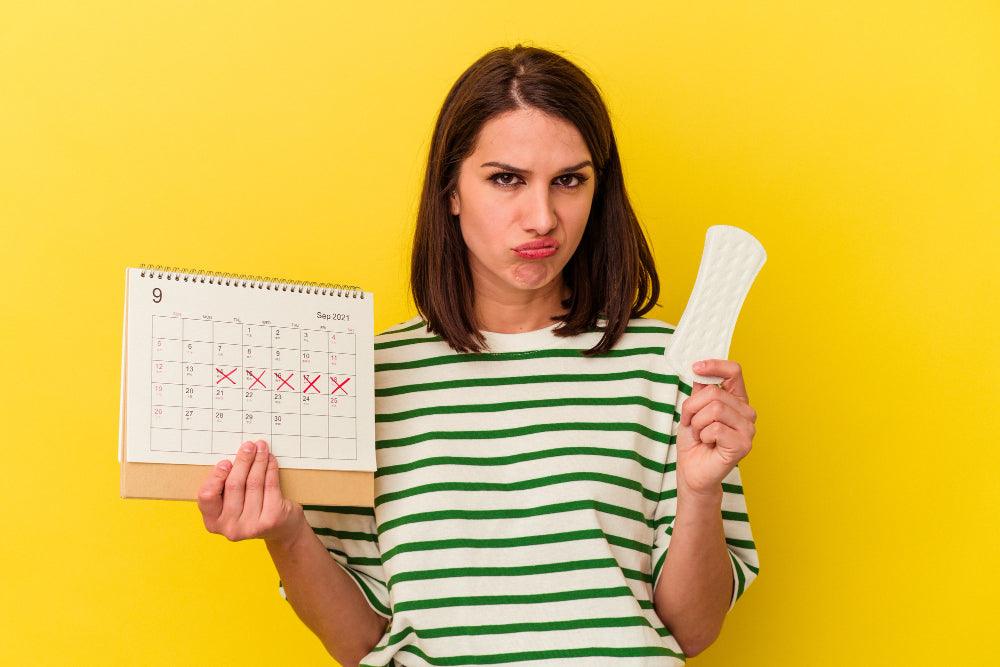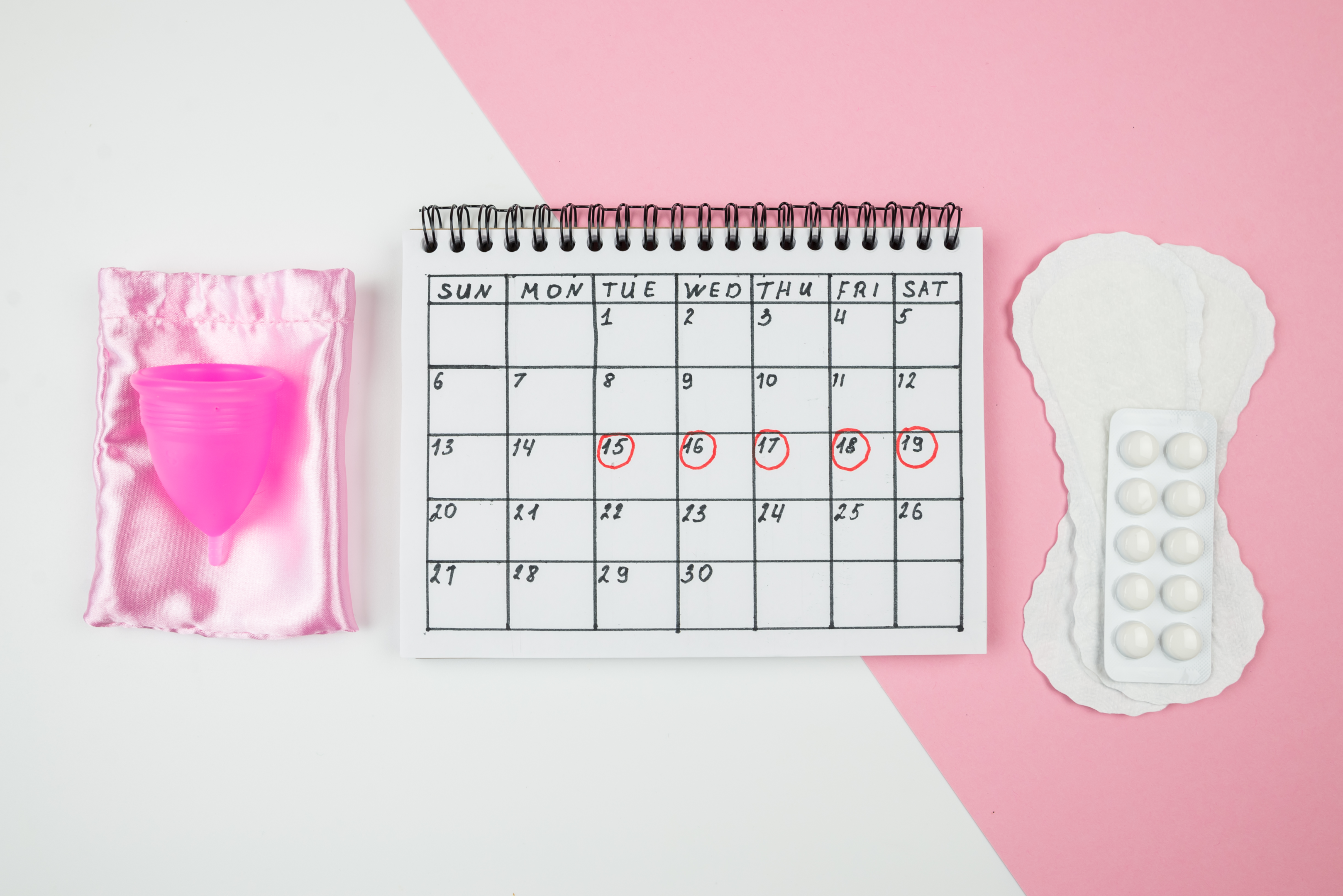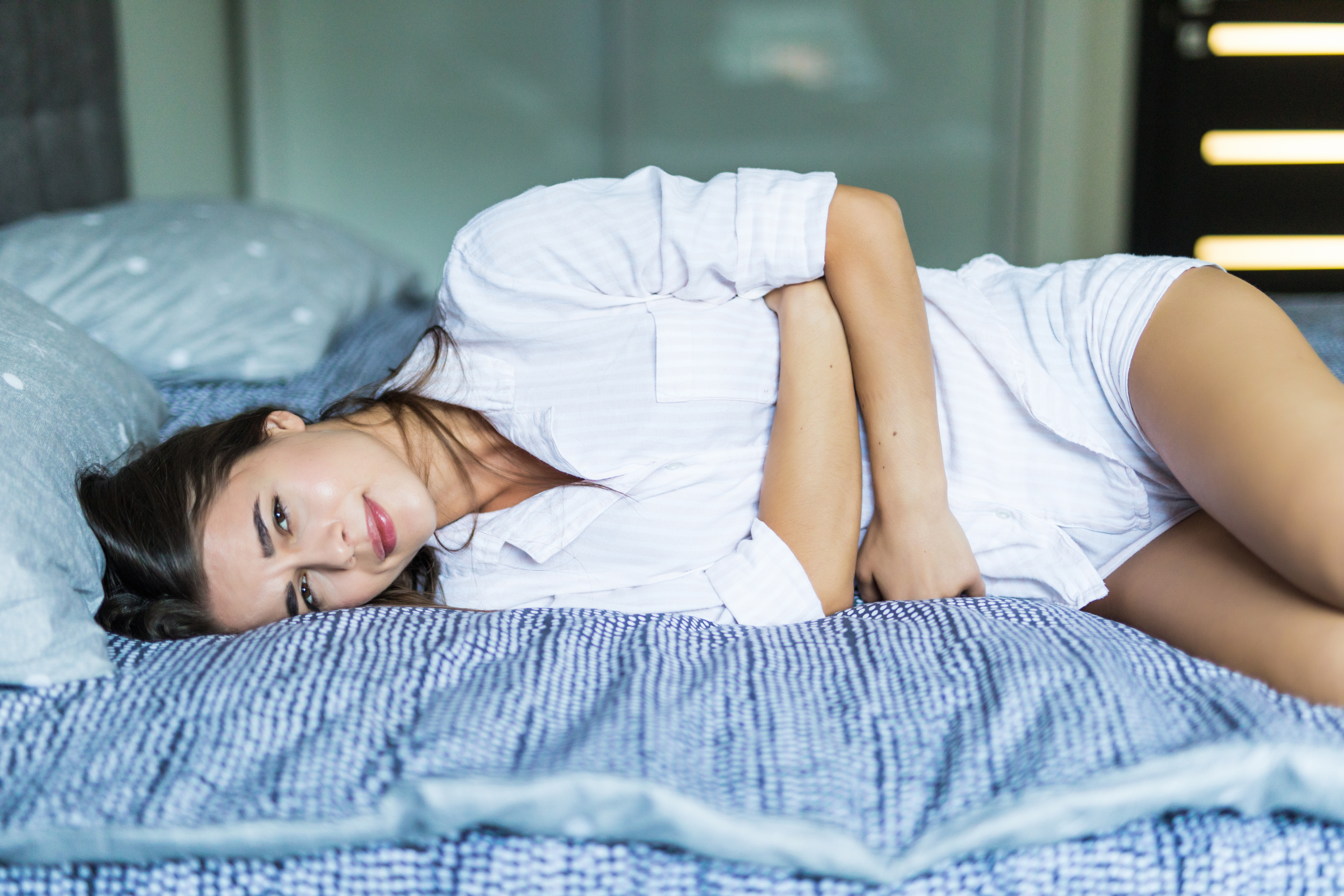How do I know when my period will come?



The period, also known as the menstrual cycle, is a time when blood is discharged from your vagina. It occurs in almost every woman when she reaches a fertile time.
The first episode of the period symptoms appears at the ages of 12 to 14. Afterwards, the premenstrual symptoms repeated each month and terminated when your postmenopausal age arrived.
Changes in the body's hormone levels cause periods to occur. The ovaries release the most female hormones, oestrogen and progesterone, which induce the uterine muscles to thicken. The lining will develop to the point where a fertilised egg can adhere and begin functioning. The lining will then deteriorate and bleed without a fertilised egg. The same procedure then repeats itself every month, which is also called premenstrual syndrome.
Your first menstrual cycle phase begins when blood starts to leak from your vagina during puberty. Although some people start having periods earlier or later, most people start having periods between the ages of 12 and 14. Although it's impossible to predict when you'll get it, you might experience some PMS symptoms a few days beforehand.
It's a good idea to see a doctor or nurse if you haven't started your period by the time you're 16.
Menopause which typically occurs between the ages of 45 and 55, is when most women stop menstruating. Menopause can last for several years; throughout this time, periods typically shift gradually. Once menopause is fully established, you can no longer become pregnant.

Each month, at least one day or two of cramping affects almost half of all menstrual women.
Your uterus loses its covering when you have your normal periods. When the uterus contracts, the lining is forced out, which causes menstrual cramps.
These severe cramps can start two days before your period and last for two to a few days after the period. These occur due to hormonal changes.
Before your periods start, it's common for breasts to feel bloated, aching, and heavy, a condition known as cyclical breast pain.
These conditions are caused by a fall in the level of oestrogen and progesterone hormones.
The lymph nodes near the armpits and groynes may expand; as a result, making them more sensitive to pressure.
A soft bra and loose clothes can make this discomfort go away.

At this stage of the menstrual cycle, it might be challenging to control fatigue.
Having trouble falling or staying asleep may be caused by dropping progesterone levels.
You still feel tired and lethargic even if you're getting enough nutrients.
This may have something to do with the fact that progesterone levels also affect the synthesis of testosterone, which in turn might impact our energy level and health.
Throughout your period and even during pregnancy, vaginal discharge is common and typically indicative of a strong vagina.
You can notice a white discharge with a glue-like substance a few days before your period. Your progesterone levels are high at this stage. Then, as your period approaches, your discharge may completely vanish. Therefore, a lack of discharge may indicate that your menstruation may start the next day.
Cervical mucus may completely disappear or significantly decrease just before we start our periods. Cervical mucus reappears when your body starts to move toward ovulation once more and oestrogen levels rise.
Another typical indicator that your period is approaching is skin acne. Higher levels of oestrogen and progesterone may cause your skin to produce more oil in the middle of your cycle.
Extra sebum blocks pores, and just before your period comes, acne starts to emerge.
Consult your doctor about the various therapies. Various medical treatments and birth control tablets can be helpful.
Your pelvic area experiences increased blood flow as your period approaches, whereas your lumbar arteries have decreased blood flow.
Your abdominal walls and back areas are supplied by the same arteries. Therefore, a blood flow increase in one area can affect another area.
A hurting lower back is another sign that your period is coming because of the decreased blood flow in these areas.
Other physical symptoms include
Mood swings
Gastrointestinal symptoms
Increase core body temperature
There are several treatment options for relieving period pain.
Non-steroidal anti-inflammatory medicines (NSAIDs), also referred to as painkillers, are useful for treating period discomfort.
These drugs halt the synthesis of prostaglandins, the substance responsible for period discomfort.
Some medications for period pain include Paracetamol, Ibuprofen, Cuprofen and Nurofen.
Period pain can be effectively managed with the use of the contraceptive pill. Additionally, long-term contraceptive methods like implants, injections, and intrauterine hormone-releasing devices can be helpful.
Applying a heating pad on the lower abdomen can relieve abdominal pain. Heat may lessen cramping and discomfort by relaxing the uterine muscle and those nearby.
A heating pad can also be used on the lower back to relieve back discomfort. Another choice is to take a warm bath, which helps ease the tension in your legs, back, and abdomen.
Daily exercise and certain foods may also be beneficial. Going for a stroll or engaging in gentle stretching exercises can help some ladies feel better. Try to exercise frequently in between times as well.
Quitting smoking and abstaining from alcohol can help reduce menstrual cycle pain because both substances can exacerbate discomfort.
Learn more about women's health here.










Plus get the inside scoop on our latest content and updates in our monthly newsletter.